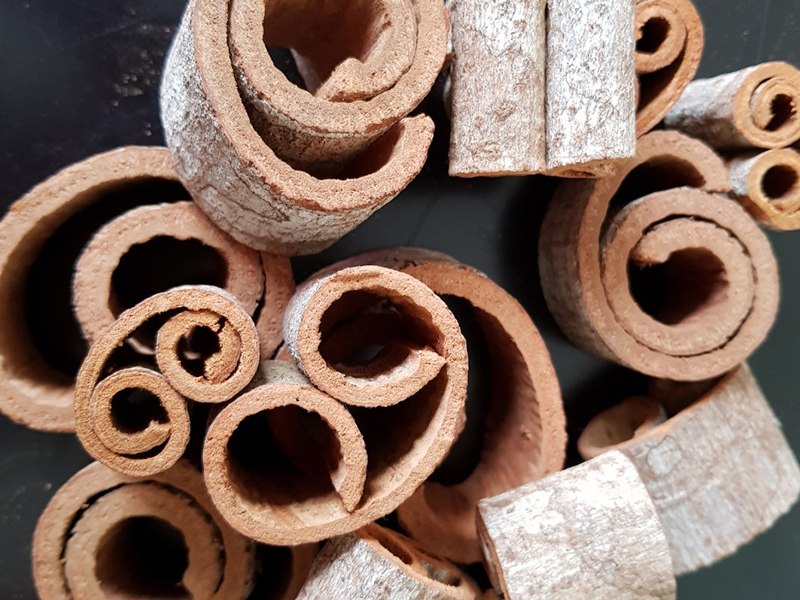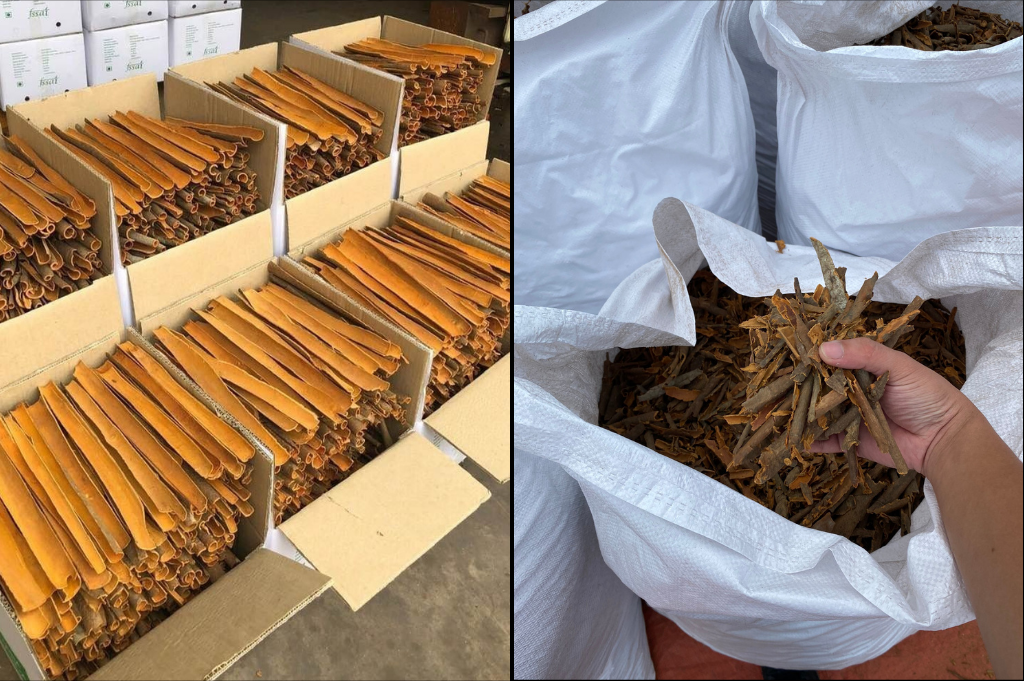6 Signs Your Supplier’s Round Cut Cassia Isn’t Export-Grade
6 Signs Your Supplier’s Round Cut Cassia Isn’t Export-Grade
Table of Contents
- Introduction: Why Export Standards Matter More Than Ever
- Sign #1: Inconsistent Sizing and Shape
- Sign #2: Weak Aroma and Low Essential Oil Content
- Sign #3: Excessive Moisture or Mold Risk
- Sign #4: Lack of Proper Certifications (COA, HACCP, Organic)
- Sign #5: Dirty, Mixed, or Foreign Material Present
- Sign #6: Poor Packaging and Labeling for International Shipping
- Final Thoughts: Choose Suppliers Who Understand Export Markets
- Contact Tinimex – Export-Grade Round Cut Cassia Supplier
1. Introduction: Why Export Standards Matter More Than Ever
The global cinnamon market has become increasingly regulated and competitive. For importers, the risk of rejected shipments, failed audits, or consumer complaints can be high when sourcing from uncertified or inconsistent suppliers.
Round cut cassia may look simple, but not all suppliers meet international export-grade standards. Here are six signs that your supplier may not be delivering the quality you need.

2. Sign #1: Inconsistent Sizing and Shape
Export-grade cassia is uniformly cut – typically 1.5 to 2.5 cm diameter. Poorly processed batches often contain:
- Irregular, jagged slices
- Varying thickness, affecting steeping or grinding
- Broken or cracked rounds
Uniformity is key for processing efficiency, blending, and consistent appearance in retail packaging.
3. Sign #2: Weak Aroma and Low Essential Oil Content
Cinnamon’s strength lies in its aroma – specifically, cinnamaldehyde content. Low-grade suppliers may:
- Harvest immature bark
- Over-dry the material
- Mix in low-oil cassia bark varieties
This leads to weak flavor and poor consumer experience. Always ask for essential oil test results (typically >2.5% for export-grade cassia).

4. Sign #3: Excessive Moisture or Mold Risk
High moisture levels (>13%) can cause mold during shipping. Export-grade cassia should be:
- Sun-dried or mechanically dried to <12%
- Stored in a controlled, dry environment
- Tested for moisture before packaging
Moldy or overly humid shipments risk full container rejection at customs.
5. Sign #4: Lack of Proper Certifications (COA, HACCP, Organic)
A legitimate export supplier must provide:
- COA (Certificate of Analysis)
- HACCP certification for processing safety
- Organic certification (if required by buyer)
If a supplier cannot provide these documents or delays their issuance, it’s a red flag. Documentation is critical for:
- Import clearance
- Retail labeling compliance
- Brand reputation
6. Sign #5: Dirty, Mixed, or Foreign Material Present
Non-export-grade batches may contain:
- Soil, stones, or leaf particles
- Bark from other cinnamon species
- Pesticide residues not meeting EU/US limits
Always inspect the physical sample and lab test results.
7. Sign #6: Poor Packaging and Labeling for International Shipping
Even high-quality cassia can be ruined by bad packaging. Signs of substandard export packaging:
- Woven sacks without PE liners
- No lot codes or production labels
- Unmarked cartons causing customs delays
Proper packaging ensures product freshness, ease of inspection, and regulatory compliance.

8. Final Thoughts: Choose Suppliers Who Understand Export Markets
Avoiding these six red flags can protect your business from costly mistakes. Look for suppliers who:
- Offer full transparency and documentation
- Understand import requirements in your region
- Use modern processing and sorting equipment
- Guarantee batch-level consistency and traceability
Choosing the right source is not just about price—it’s about protecting your product, reputation, and profit.
9. Contact Tinimex – Export-Grade Round Cut Cassia Supplier
TINIMEX CO., LTD
🏢 4th Floor, No. 40 Ngo Gia Tu Street, Duc Giang Ward, Long Bien District, Ha Noi, Vietnam
📧 info@tinimex.com
🌐 https://tinimex.com
📞 +84 36 680 8683 (WhatsApp / Zalo)
Why choose Tinimex?
- Export-grade round cut cassia (1.5–2.5 cm)
- Certified: HACCP, COA, Organic available
- Moisture <12%, oil content >2.5%
- Fast, reliable global shipment support
Internal Links:
External Link:

